In the vast and diverse animal kingdom, few creatures embody the spirit of social harmony quite like the capybara. Native to South America, these gentle giants have earned a reputation as nature’s ultimate peacemakers, effortlessly forging bonds with species that would otherwise be at odds. Their laid-back demeanor and unassuming presence make them the life of the party in the animal world, a role they seem to embrace with quiet confidence.
Standing as the largest rodents on Earth, capybaras might not strike you as the most charismatic animals at first glance. Yet, their social intelligence is nothing short of remarkable. Unlike many creatures that stick rigidly to their own kind, capybaras thrive in mixed-species communities. From birds perched on their backs to monkeys grooming them, these rodents have a knack for turning potential rivals into friends. Their ability to coexist so peacefully raises fascinating questions about the nature of animal relationships and what humans might learn from them.
What makes the capybara such a social magnet? Scientists point to several factors, starting with their sheer size. As hefty herbivores, they pose little threat to smaller animals, making them ideal companions. Their slow movements and calm disposition further put other creatures at ease. But perhaps the most intriguing aspect is their apparent willingness to share resources. Capybaras are often seen allowing other species to feed alongside them, a rare display of interspecies generosity in the wild.
The social life of a capybara revolves around water. These semi-aquatic mammals spend much of their time in rivers, lakes, and marshes, creating natural gathering spots for various animals. Their watery habitats become social hubs where different species come to drink, bathe, and surprisingly, hang out together. Observers have documented turtles basking on capybara backs, herons picking insects from their fur, and even predators like caimans giving them a wide berth. This aquatic diplomacy showcases the capybara’s unique position in the ecosystem.
Communication plays a vital role in the capybara’s social success. They employ a sophisticated array of vocalizations, from purrs and whistles to barks and clicks, each serving distinct purposes in their complex social structure. Researchers have identified at least eleven different sounds used in various contexts, helping maintain harmony within their groups. This vocal flexibility likely contributes to their ability to interact with other species as well, creating a universal language of sorts in their environments.
Their parenting style further demonstrates their social nature. Unlike many rodents that raise their young in isolation, capybara communities practice communal care. Females will nurse not just their own offspring but any young within their group. This collective approach to child-rearing strengthens social bonds and creates a supportive network that benefits all members. Such behavior provides valuable insights into the evolutionary advantages of cooperation over competition in the animal world.
The capybara’s popularity extends beyond the animal kingdom. In countries like Brazil and Venezuela, they’ve become beloved figures in local folklore and popular culture. Their image graces everything from children’s books to tourist souvenirs, celebrated as symbols of peace and friendship. Some indigenous cultures even regard them as spiritual mediators between land and water, reflecting their real-life role as connectors between different ecological realms.
Modern zoos have taken note of the capybara’s social talents, frequently using them as companion animals to help other species adjust to captivity. Their calming presence has proven particularly effective with nervous or aggressive animals, demonstrating once again their unique ability to bridge divides. This application of their natural gifts speaks volumes about the depth of their social intelligence and its potential value in conservation efforts.
As researchers continue to study these remarkable creatures, one thing becomes increasingly clear: the capybara offers a living model of peaceful coexistence. In a world often divided by competition and conflict, their example reminds us of the power of tolerance, patience, and open-heartedness. Whether sharing a mud bath with a turtle or standing unperturbed as birds pick through their fur, the capybara moves through life with an ease that many humans might envy. Their story isn’t just about animal behavior—it’s a lesson in how to live well with others, regardless of differences.
The next time you see a photograph of a capybara surrounded by an unlikely assortment of animal friends, take a moment to appreciate the quiet wisdom behind that image. In their own unassuming way, these oversized rodents have mastered something fundamental about life: that true strength lies not in domination, but in the ability to bring others together. As we face increasing environmental challenges and social divisions, perhaps we could all benefit from embracing our inner capybara.
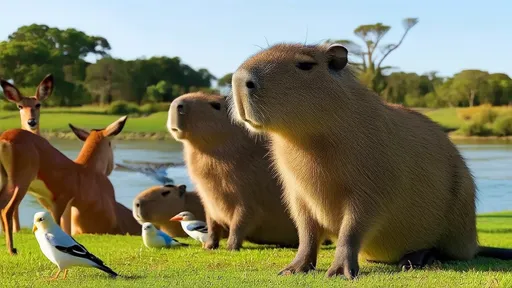
By /Jun 10, 2025
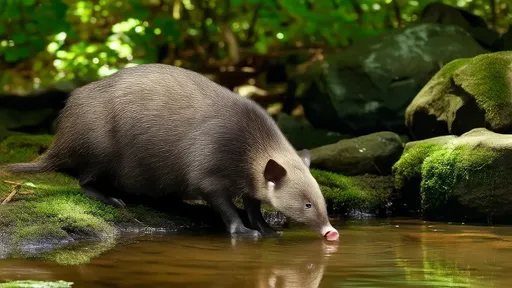
By /Jun 10, 2025
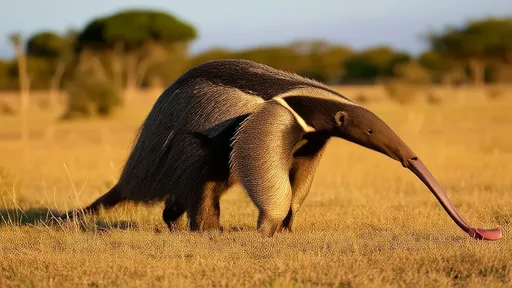
By /Jun 10, 2025
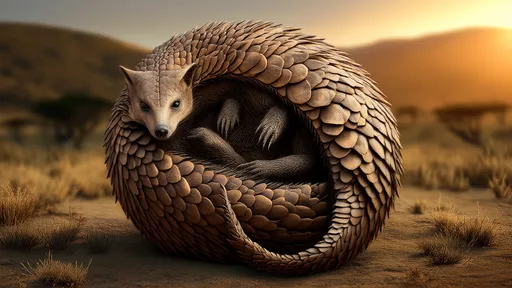
By /Jun 10, 2025
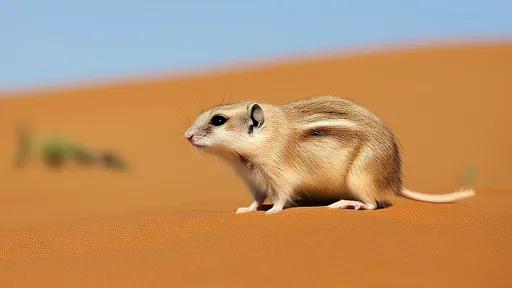
By /Jun 10, 2025
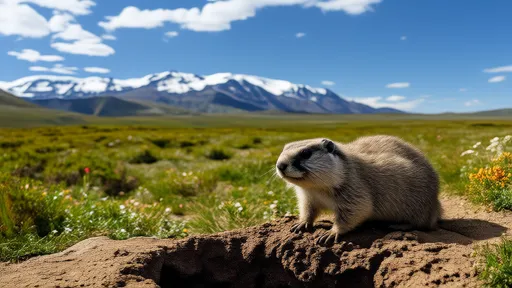
By /Jun 10, 2025
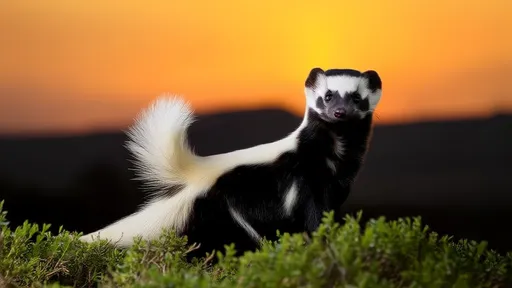
By /Jun 10, 2025
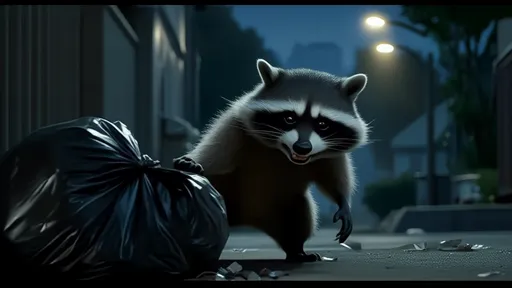
By /Jun 10, 2025

By /Jun 10, 2025
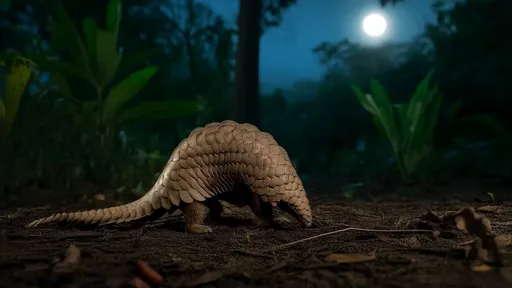
By /Jun 10, 2025
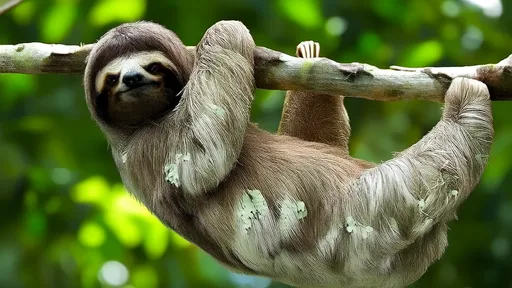
By /Jun 10, 2025
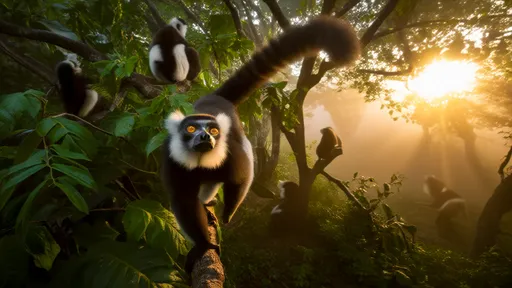
By /Jun 10, 2025

By /Jun 10, 2025
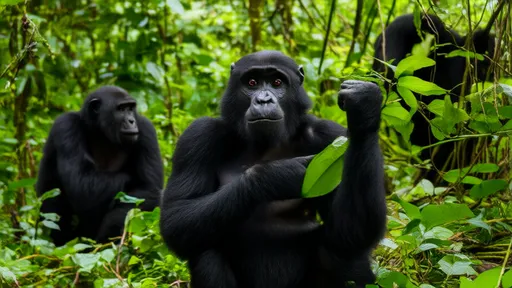
By /Jun 10, 2025
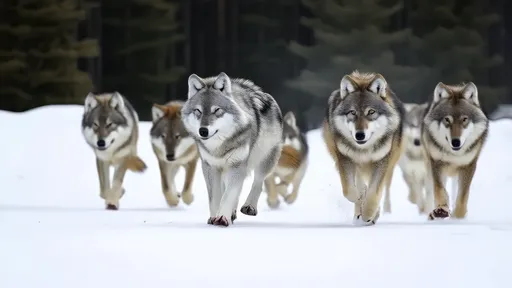
By /Jun 10, 2025
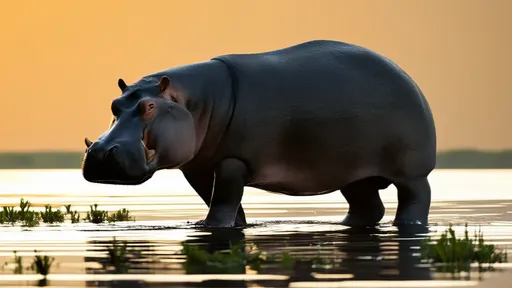
By /Jun 10, 2025
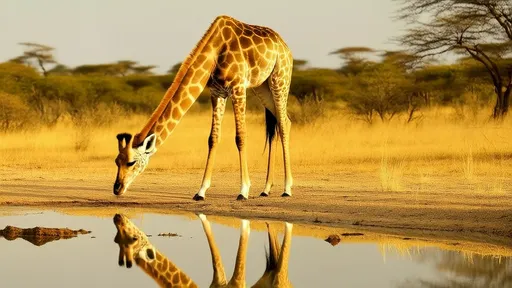
By /Jun 10, 2025